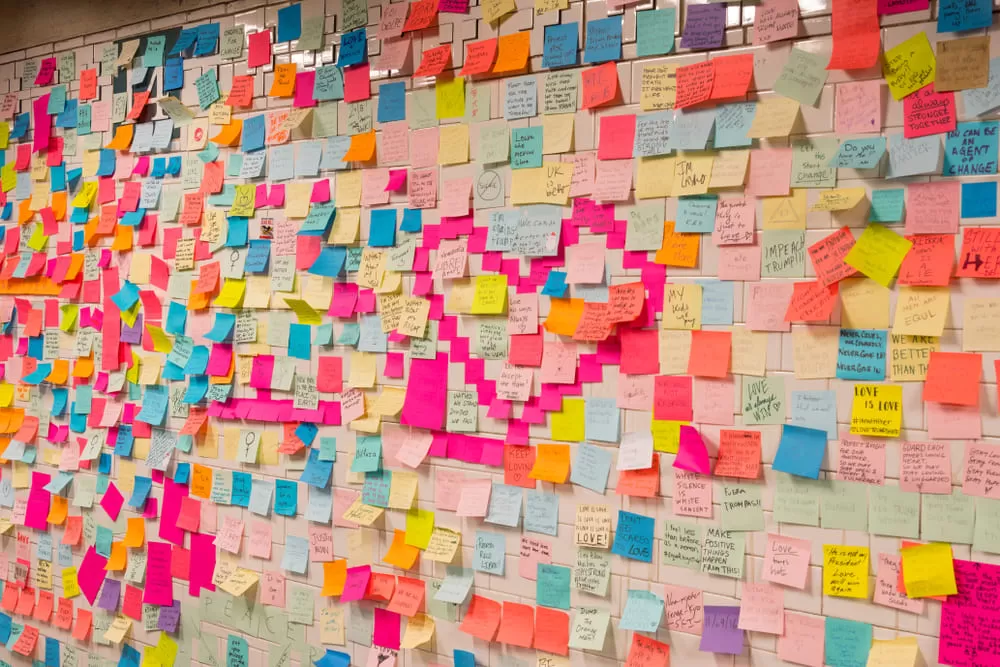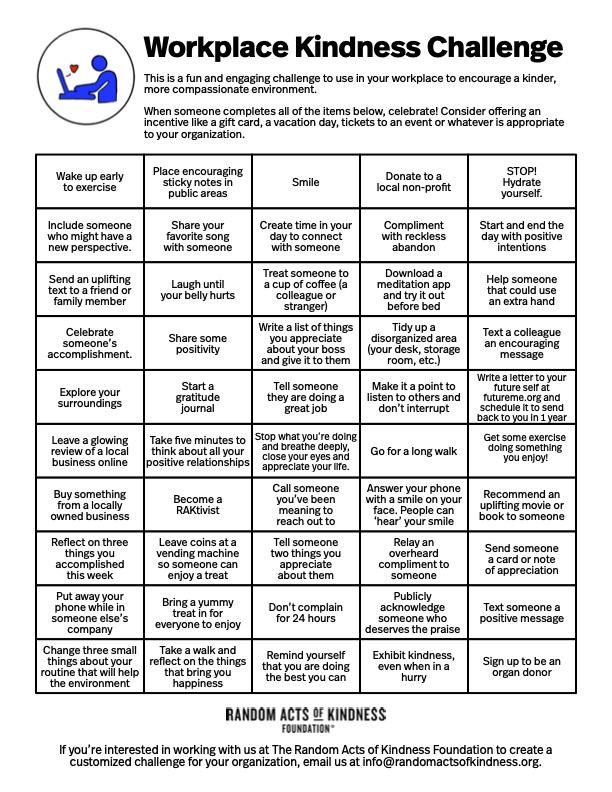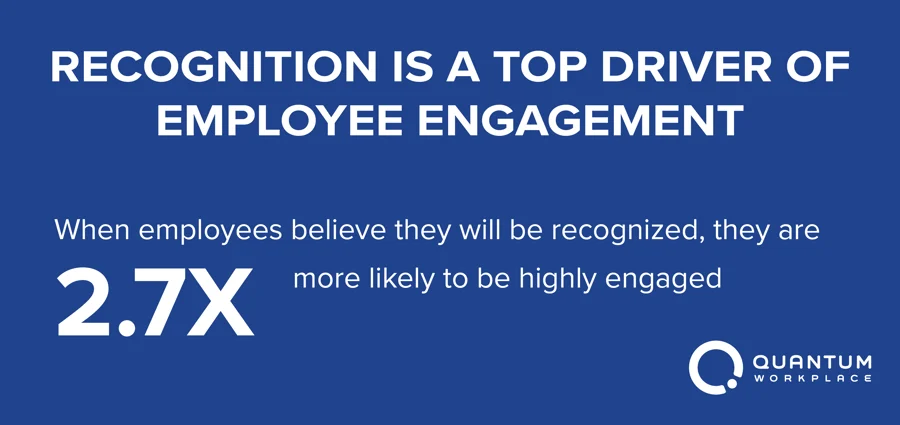While turkey, stuffing, and pumpkin pie are some must-haves around Thanksgiving, other essential ingredients are connection, humor, and meaningful moments! With multiple generations gathered around one table (or Zoom screen), Thanksgiving is a great opportunity to appreciate the unique perspectives we each bring. Every generation has a unique approach and being mindful about personal preferences can help make everyone’s holidays more enjoyable.
Before gathering around the table, let’s consider how we can connect with the multiple generations!

Connecting with Multiple Generations
- Baby Boomers (1946–1964): Boomers often cherish long-standing Thanksgiving traditions, help prepare meals, and value reflective moments of gratitude. Questions like, “What’s your favorite Thanksgiving memory?” or “How has Thanksgiving changed over the years?” can create meaningful conversations.
- Generation X (1965–1980): Often balancing work, family, and hosting duties, Gen Xers appreciate efficiency and creativity during the holidays. If they’re hosting, ask how you can assist. Bringing a side dish or helping with cleanup goes a long way.
- Millennials (1981–1996): Millennials love to make Thanksgiving their own, often hosting “Friendsgiving” celebrations in addition to traditional family gatherings. Millennials value collaboration, so involve them in planning the meals or activities! For example, let them curate a Thanksgiving playlist or suggest a unique side dish.
- Generation Z (1997–2012): Tech-savvy and trend-driven, Gen Z loves documenting the holiday for social media. They appreciate transparency and humor. Share funny or imperfect Thanksgiving moments to make the gathering feel real and relatable.
- Generation Alpha (2013–present): The youngest generation brings pure joy to Thanksgiving with their unfiltered excitement and curious questions about family traditions. Keep them entertained with crafts, like making gratitude turkeys or decorating cookies. Maybe even share fun facts like, “Did you know cranberries can bounce?!”
Activities & Games for Thanksgiving Fun
“According to the National Institute for Play (NIFPlay), “play is as critical to the development of a human being as sleep and nutrition.” It strengthens the connection in our brains that controls our ability to regulate emotions and solve problems. One study found that engaging in play for just twenty minutes a day could improve mood, quality of sleep, and reduce stress.” Whether you’re celebrating with family, friends, or colleagues, incorporating games and activities can turn any gathering into a space of connection and collaboration.
Thanksgiving with Colleagues
- Gratitude Wall: Set up a “Gratitude Wall” in the office or use a digital tool like Padlet for remote teams. Each team member writes what they’re thankful for on sticky notes (physical or virtual). Add a twist by encouraging generational reflections, like “What’s one technology you’re thankful for?” or “What tradition makes you feel grateful?” Get inspiration from these 19 Fun Gratitude Wall Ideas for the Office from teambuilding.com!
- Generational Trivia: Divide employees into teams with representatives from different generations. Trivia questions should cover various topics, such as “What was the best-selling toy in 1985?” or “Who was the top artist on Spotify in 2023?” Check out jeopardylabs.com for a fun virtual experience with categories ranging from Traditionalists to Generation Z!
- Pie Swap: “We’ve all heard of cookie swaps, but have you heard of pie swaps? If you’re in-person, each team member can bring a pie (homemade or store-bought) to share with the team. If your team enjoys some friendly competition, have everyone vote for their favorite pie and award a prize to the winning baker.”

Thanksgiving with Friends & Family
- Thanksgiving Time Capsule: Create a time capsule with contributions from family members and/or friends—write letters to future selves, including photos, or small items representing the year. Set a future date to open the capsule, such as five or ten Thanksgivings from now, to reflect on how things have evolved.
- Generational Charades: Prepare prompts based on cultural moments from different eras, like “Doing the Moonwalk,” “Explaining AOL,” or “Recreating a TikTok dance.” Teams must act out the prompts while others guess. Consider playing Mind the Gap — “the ultimate generational trivia game that includes pop culture questions from Boomer, Gen X, Millennial, and Gen Z generations, as well as hilarious challenges that will get you out of your seat to recreate nostalgia from everyone’s glory days.“
Humor: The Universal Connector
When all else fails, Thanksgiving is a perfect time to laugh together. Shared laughter fosters a sense of belonging and community. It’s a powerful reminder that despite our differences, we’re all human. Playing lighthearted games, sharing funny holiday memories, or watching a classic comedy goes a long way. “For people who are laughing together, shared laughter signals that they see the world in the same way, and it momentarily boosts their sense of connection,” says social psychologist Sara Algoe, co-author of the study with Laura Kurtz. Let’s zap the Thanksgiving gap this year with gratitude, humor, and connection—and create a holiday everyone will be thankful for!




